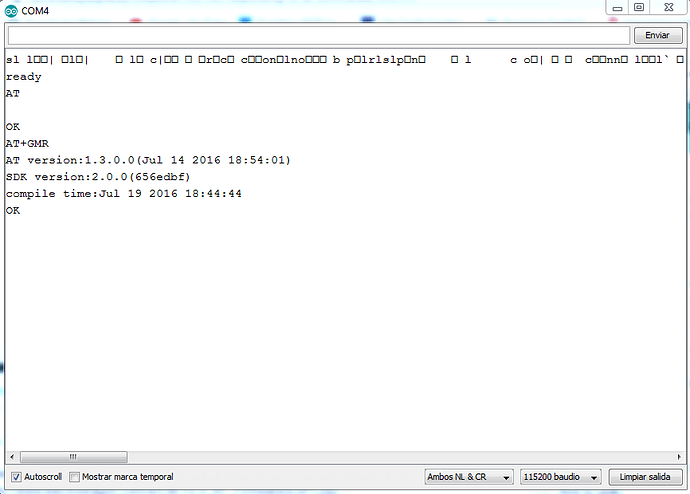SOLVED!!!..
At last, I got it to flash and respond AT Commands by using this Firmware
https://www.electrodragon.com/w/File:V2.0_AT_Firmware(ESP).zip}
And to upload it I used a simple file loader, that I found in this tutorial
http://www.xess.com/blog/esp8266-reflash/
NOTES:
- when flashing make sure to close all other serial monitors, like Arduino IDE
- if it does no connect, check connections or reconnect the USB serial port
- In my case, I used the Arduino Uno as a bridge by putting a jumper between RST&GND of the Arduino.
Thanks for all the help!!.. Now let’s see how it goes hooking it up to Blynk… LoL!!
BTW @PeteKnight, I´ll look into your suggestions once I get Blynk up and running with my current hardware, so I can test it and play around a bit… For the multi-sensor and actuators, my first thought would be to have 2 Megas being controlled by my RasPi, that way I get the best out of 2 worlds, but of course, I’m opened to suggestions.
Have a Great one Guys!!
Cheers!! and thanks again for your time…
